The original answer lacks a good example that is self-contained so here it goes:
import torch
# stack vs cat
# cat "extends" a list in the given dimension e.g. adds more rows or columns
x = torch.randn(2, 3)
print(f'{x.size()}')
# add more rows (thus increasing the dimensionality of the column space to 2 -> 6)
xnew_from_cat = torch.cat((x, x, x), 0)
print(f'{xnew_from_cat.size()}')
# add more columns (thus increasing the dimensionality of the row space to 3 -> 9)
xnew_from_cat = torch.cat((x, x, x), 1)
print(f'{xnew_from_cat.size()}')
print()
# stack serves the same role as append in lists. i.e. it doesn't change the original
# vector space but instead adds a new index to the new tensor, so you retain the ability
# get the original tensor you added to the list by indexing in the new dimension
xnew_from_stack = torch.stack((x, x, x, x), 0)
print(f'{xnew_from_stack.size()}')
xnew_from_stack = torch.stack((x, x, x, x), 1)
print(f'{xnew_from_stack.size()}')
xnew_from_stack = torch.stack((x, x, x, x), 2)
print(f'{xnew_from_stack.size()}')
# default appends at the from
xnew_from_stack = torch.stack((x, x, x, x))
print(f'{xnew_from_stack.size()}')
print('I like to think of xnew_from_stack as a \"tensor list\" that you can pop from the front')
output:
torch.Size([2, 3])
torch.Size([6, 3])
torch.Size([2, 9])
torch.Size([4, 2, 3])
torch.Size([2, 4, 3])
torch.Size([2, 3, 4])
torch.Size([4, 2, 3])
I like to think of xnew_from_stack as a "tensor list"
for reference here are the definitions:
cat: Concatenates the given sequence of seq tensors in the given dimension. The consequence is that a specific dimension changes size e.g. dim=0 then you are adding elements to the row which increases the dimensionality of the column space.
stack: Concatenates sequence of tensors along a new dimension. I like to think of this as the torch "append" operation since you can index/get your original tensor by "poping it" from the front. With no arguments, it appends tensors to the front of the tensor.
Related:
Update: With nested list of the same size
def tensorify(lst):
"""
List must be nested list of tensors (with no varying lengths within a dimension).
Nested list of nested lengths [D1, D2, ... DN] -> tensor([D1, D2, ..., DN)
:return: nested list D
"""
# base case, if the current list is not nested anymore, make it into tensor
if type(lst[0]) != list:
if type(lst) == torch.Tensor:
return lst
elif type(lst[0]) == torch.Tensor:
return torch.stack(lst, dim=0)
else: # if the elements of lst are floats or something like that
return torch.tensor(lst)
current_dimension_i = len(lst)
for d_i in range(current_dimension_i):
tensor = tensorify(lst[d_i])
lst[d_i] = tensor
# end of loop lst[d_i] = tensor([D_i, ... D_0])
tensor_lst = torch.stack(lst, dim=0)
return tensor_lst
here is a few unit tests (I didn't write more tests but it worked with my real code so I trust it's fine. Feel free to help me by adding more tests if you want):
def test_tensorify():
t = [1, 2, 3]
print(tensorify(t).size())
tt = [t, t, t]
print(tensorify(tt))
ttt = [tt, tt, tt]
print(tensorify(ttt))
if __name__ == '__main__':
test_tensorify()
print('Done\a')

